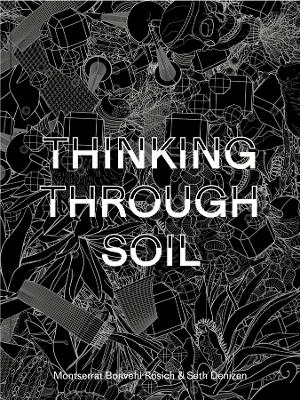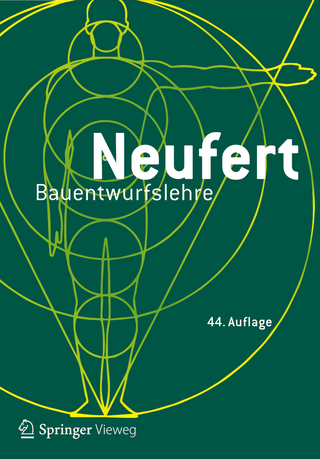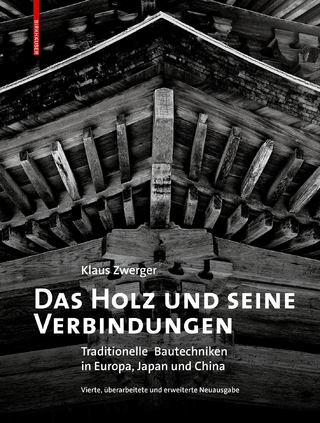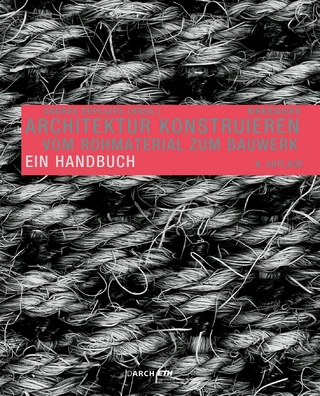
Thinking Through Soil
Wastewater Agriculture in the Mezquital Valley
Seiten
2025
Harvard University Press (Verlag)
978-0-674-29895-8 (ISBN)
Harvard University Press (Verlag)
978-0-674-29895-8 (ISBN)
- Noch nicht erschienen (ca. April 2025)
- Versandkostenfrei innerhalb Deutschlands
- Auch auf Rechnung
- Verfügbarkeit in der Filiale vor Ort prüfen
- Artikel merken
In addition to its agricultural role, soil has become the primary agent of carbon storage in climate models, and it is also crucial for biodiversity and flood control. Through a sustained analysis of the Mexico City–Mezquital wastewater agricultural system—the world’s largest—Thinking Through Soil argues for soil’s capacity to save our planet.
To think through soil is to engage with some of the most critical issues of our time. In addition to its agricultural role in feeding eight billion people, soil has become the primary agent of carbon storage in global climate models, and it is crucial for biodiversity, flood control, and freshwater resources. Perhaps no other material is asked to do so much for the human environment, and yet our basic conceptual model of what soil is and how it works remains surprisingly vague.
In cities, soil occupies a blurry category whose boundaries are both empirically uncertain and politically contested. Soil functions as a nexus for environmental processes through which the planet’s most fundamental material transformations occur, but conjuring what it actually is serves as a useful exercise in reframing environmental thought, design thinking, and city and regional planning toward a healthier, more ethical, and more sustainable future.
Through a sustained analysis of the world’s largest wastewater agricultural system, located in the Mexico City–Mezquital hydrological region, Thinking Through Soil imagines what a better environmental future might look like in central Mexico. More broadly, this case study offers a new image of soil that captures its shifting identity, explains its profound importance to rural and urban life, and argues for its capacity to save our planet.
To think through soil is to engage with some of the most critical issues of our time. In addition to its agricultural role in feeding eight billion people, soil has become the primary agent of carbon storage in global climate models, and it is crucial for biodiversity, flood control, and freshwater resources. Perhaps no other material is asked to do so much for the human environment, and yet our basic conceptual model of what soil is and how it works remains surprisingly vague.
In cities, soil occupies a blurry category whose boundaries are both empirically uncertain and politically contested. Soil functions as a nexus for environmental processes through which the planet’s most fundamental material transformations occur, but conjuring what it actually is serves as a useful exercise in reframing environmental thought, design thinking, and city and regional planning toward a healthier, more ethical, and more sustainable future.
Through a sustained analysis of the world’s largest wastewater agricultural system, located in the Mexico City–Mezquital hydrological region, Thinking Through Soil imagines what a better environmental future might look like in central Mexico. More broadly, this case study offers a new image of soil that captures its shifting identity, explains its profound importance to rural and urban life, and argues for its capacity to save our planet.
Montserrat Bonvehi Rosich is a licensed Spanish architect and urban designer. She was the 2017–2018 Daniel Urban Kiley Fellowship at Harvard University’s Graduate School of Design and has taught landscape architecture at the University of Virginia and the Urban Design Department at ETSAB-UPC Barcelona. Seth Denizen, a recipient of the 2019 SOM Foundation Research Prize and a Princeton-Mellon Fellow in Architecture, Urbanism, and the Humanities, is a researcher and design practitioner trained in landscape architecture, evolutionary biology, and human geography.
| Erscheint lt. Verlag | 8.4.2025 |
|---|---|
| Zusatzinfo | 100 photos |
| Verlagsort | Cambridge, Mass |
| Sprache | englisch |
| Maße | 178 x 254 mm |
| Themenwelt | Technik ► Architektur |
| Technik ► Umwelttechnik / Biotechnologie | |
| Weitere Fachgebiete ► Land- / Forstwirtschaft / Fischerei | |
| ISBN-10 | 0-674-29895-0 / 0674298950 |
| ISBN-13 | 978-0-674-29895-8 / 9780674298958 |
| Zustand | Neuware |
| Informationen gemäß Produktsicherheitsverordnung (GPSR) | |
| Haben Sie eine Frage zum Produkt? |
Mehr entdecken
aus dem Bereich
aus dem Bereich
Grundlagen, Normen, Vorschriften
Buch | Hardcover (2024)
Springer Vieweg (Verlag)
159,99 €
Traditionelle Bautechniken in Europa, Japan und China
Buch | Hardcover (2023)
Birkhäuser (Verlag)
68,00 €
Vom Rohmaterial zum Bauwerk. Ein Handbuch
Buch | Softcover (2022)
Birkhäuser Verlag GmbH
68,00 €


